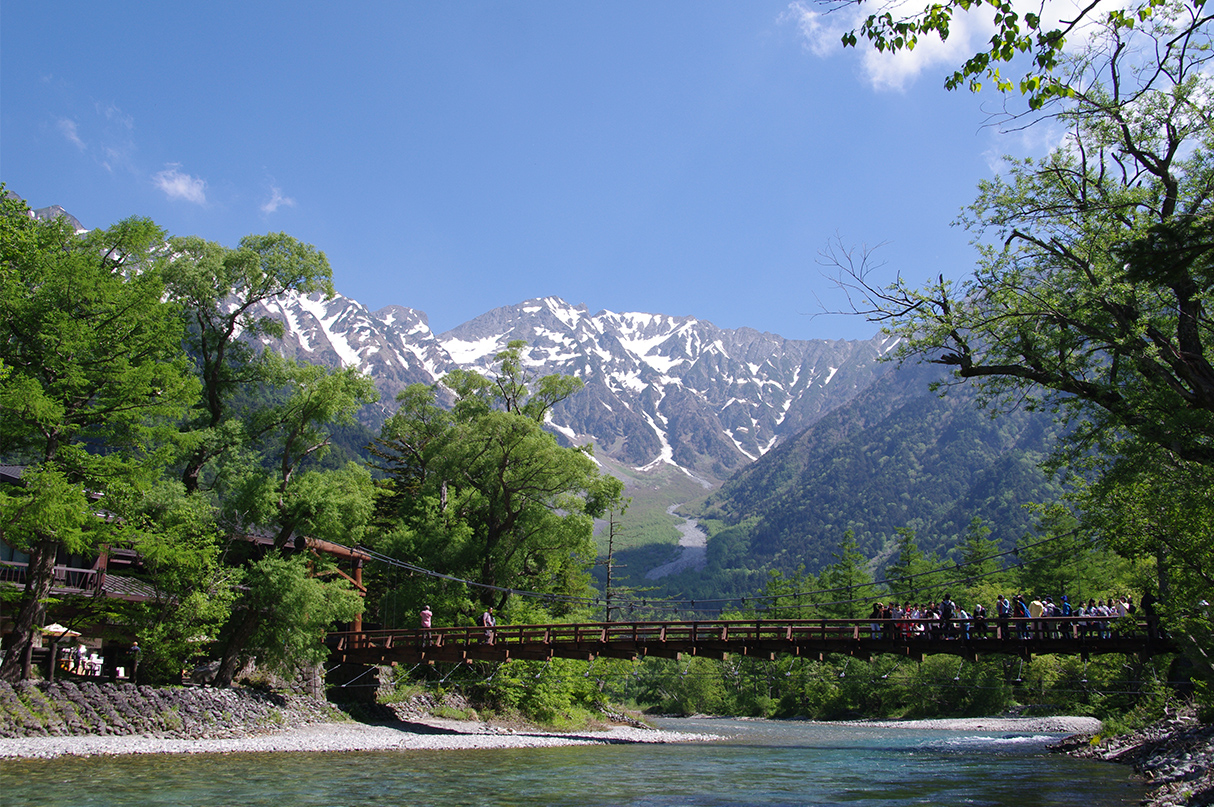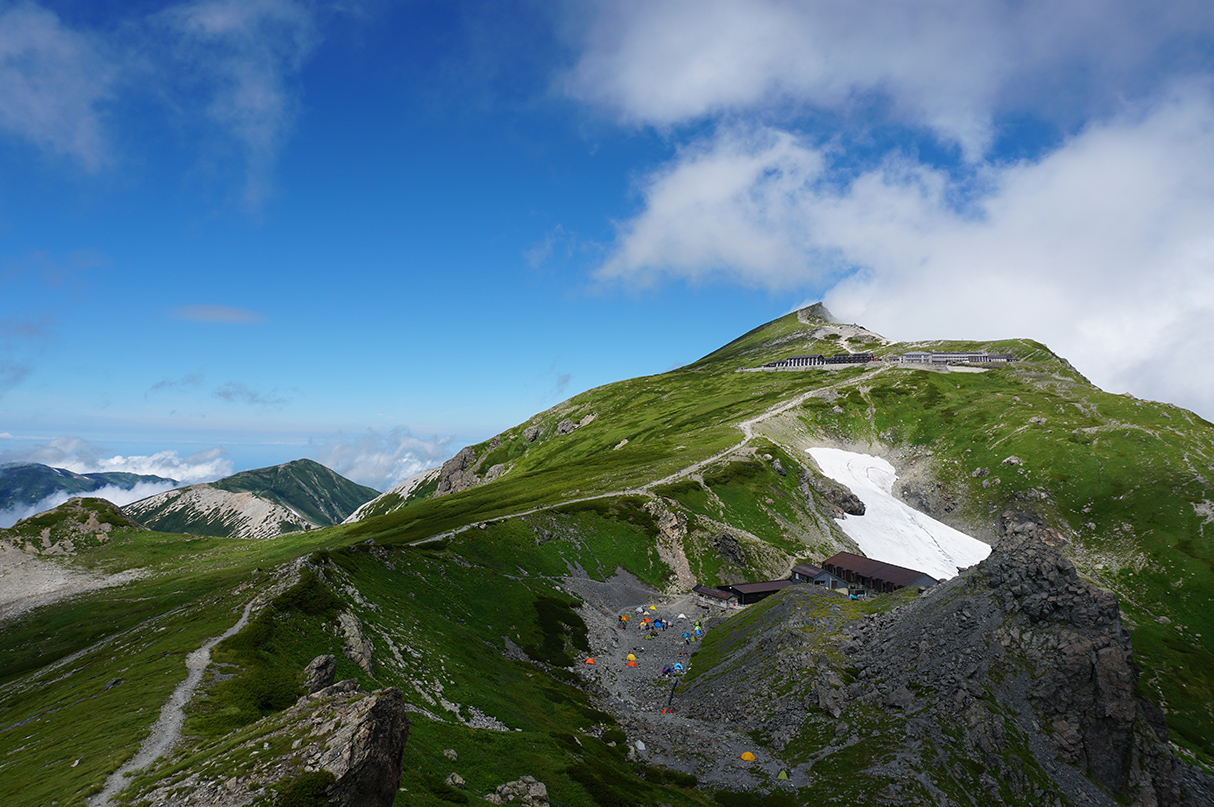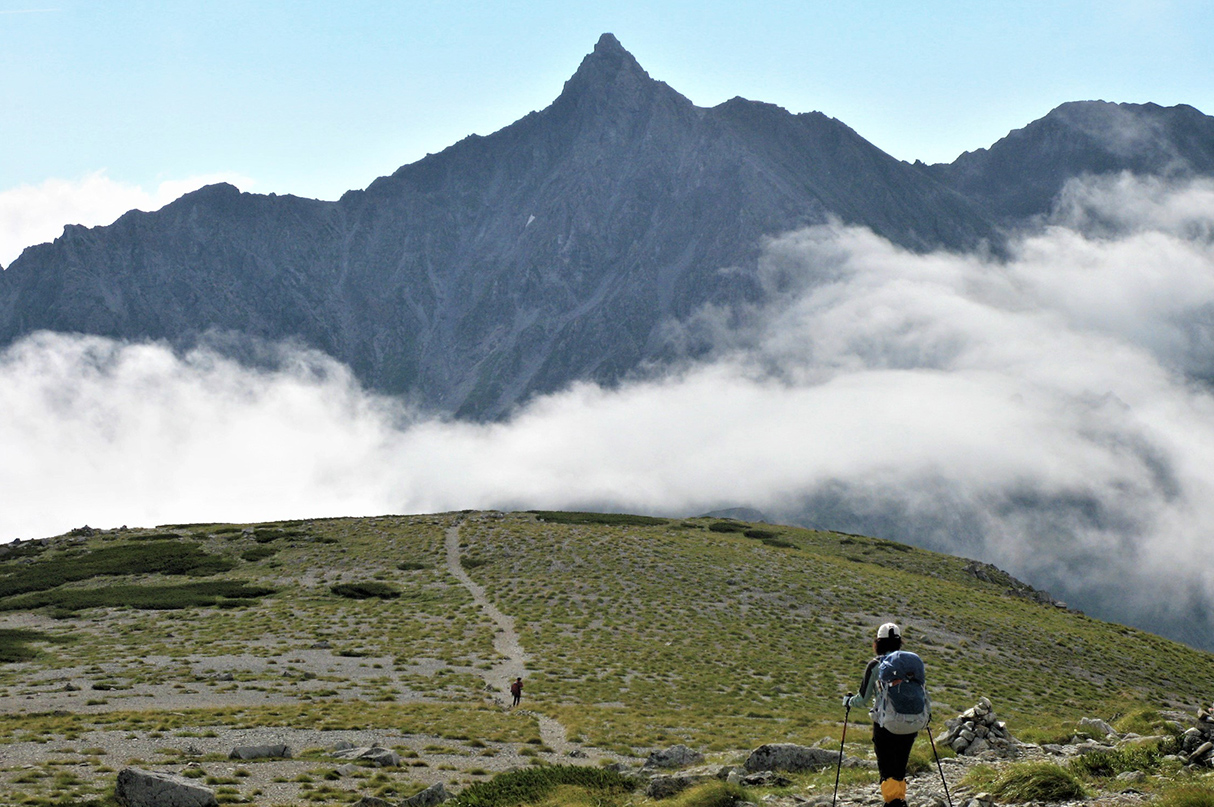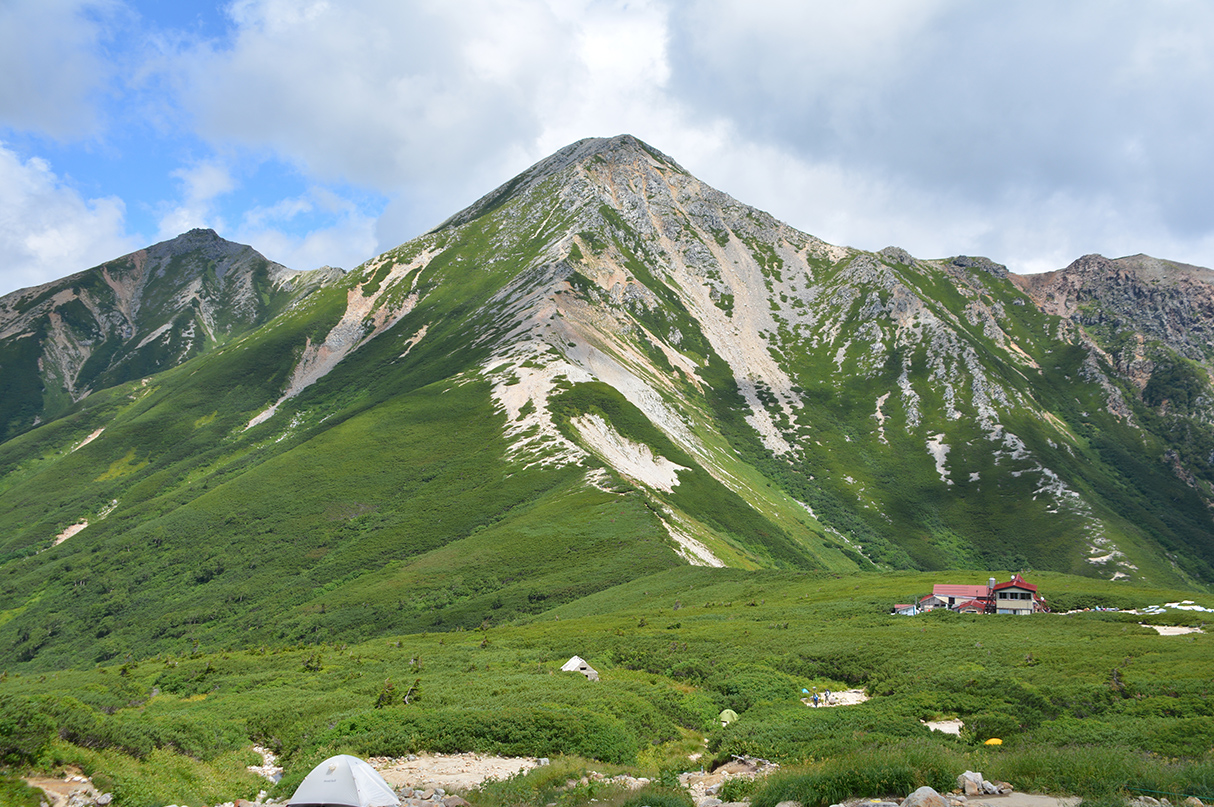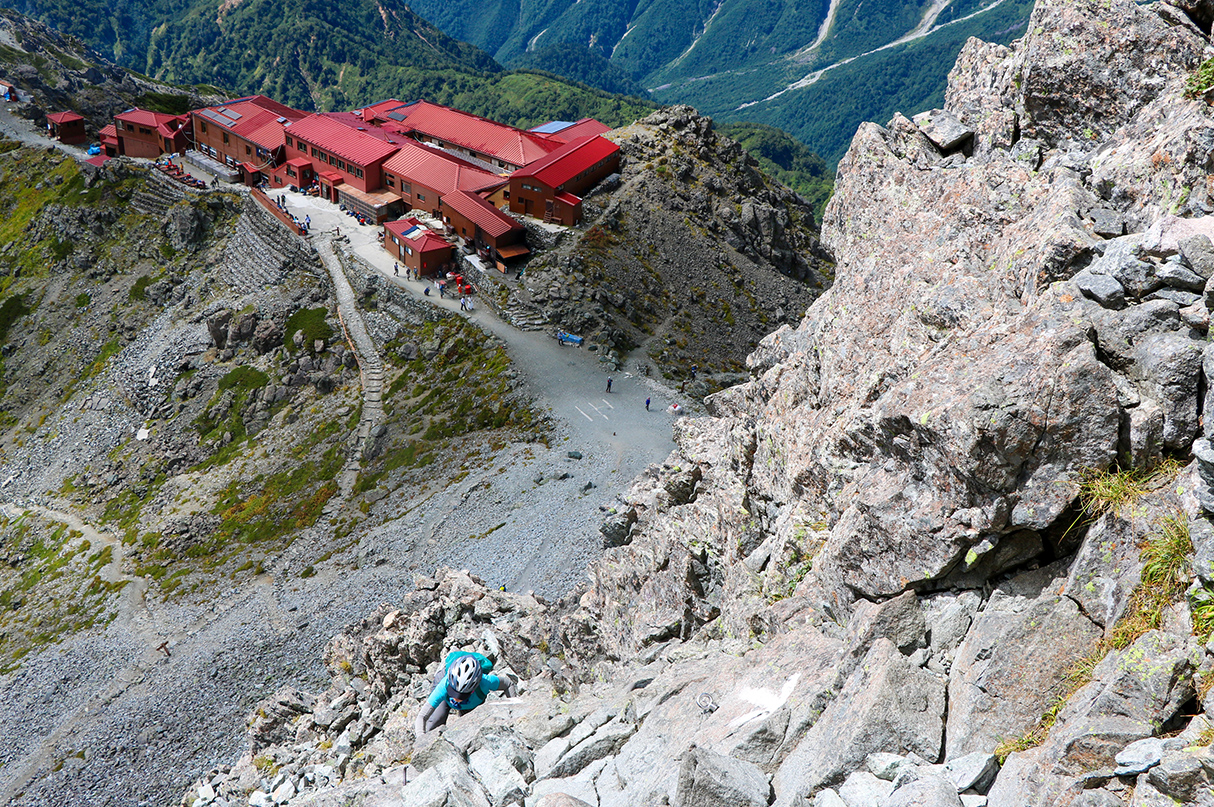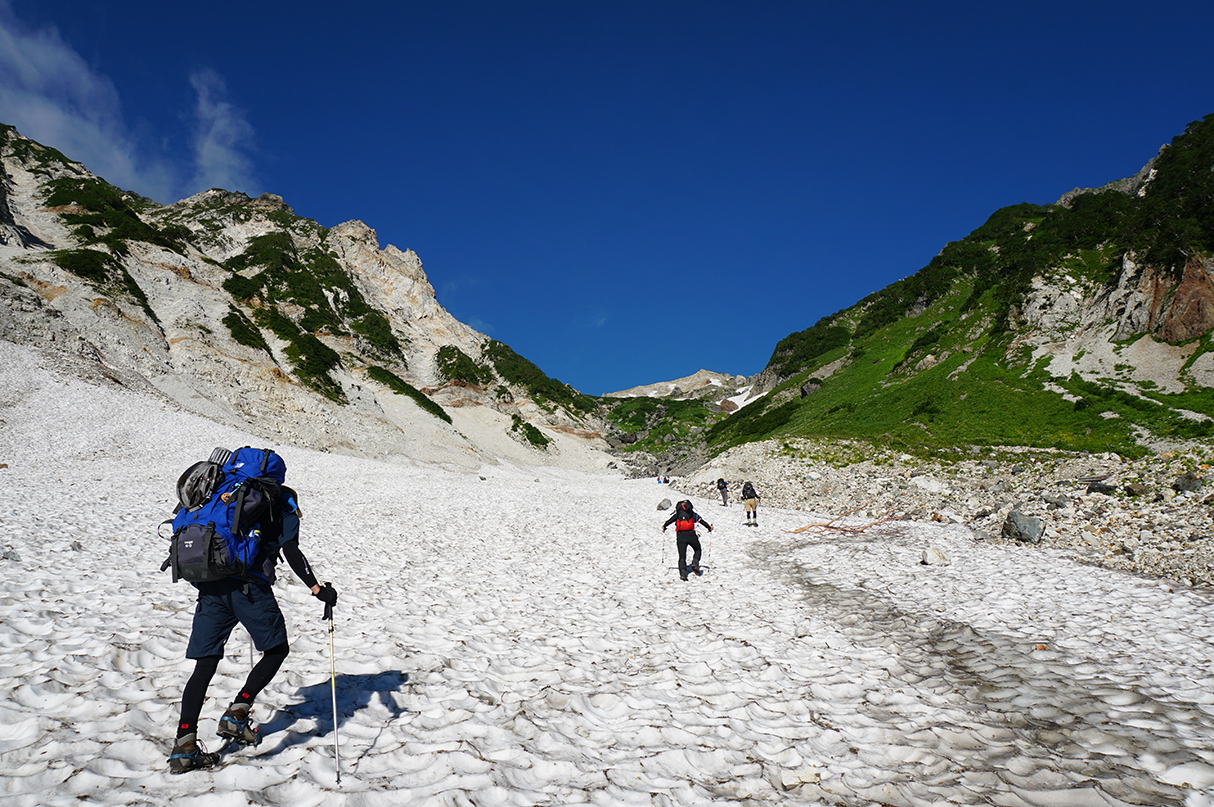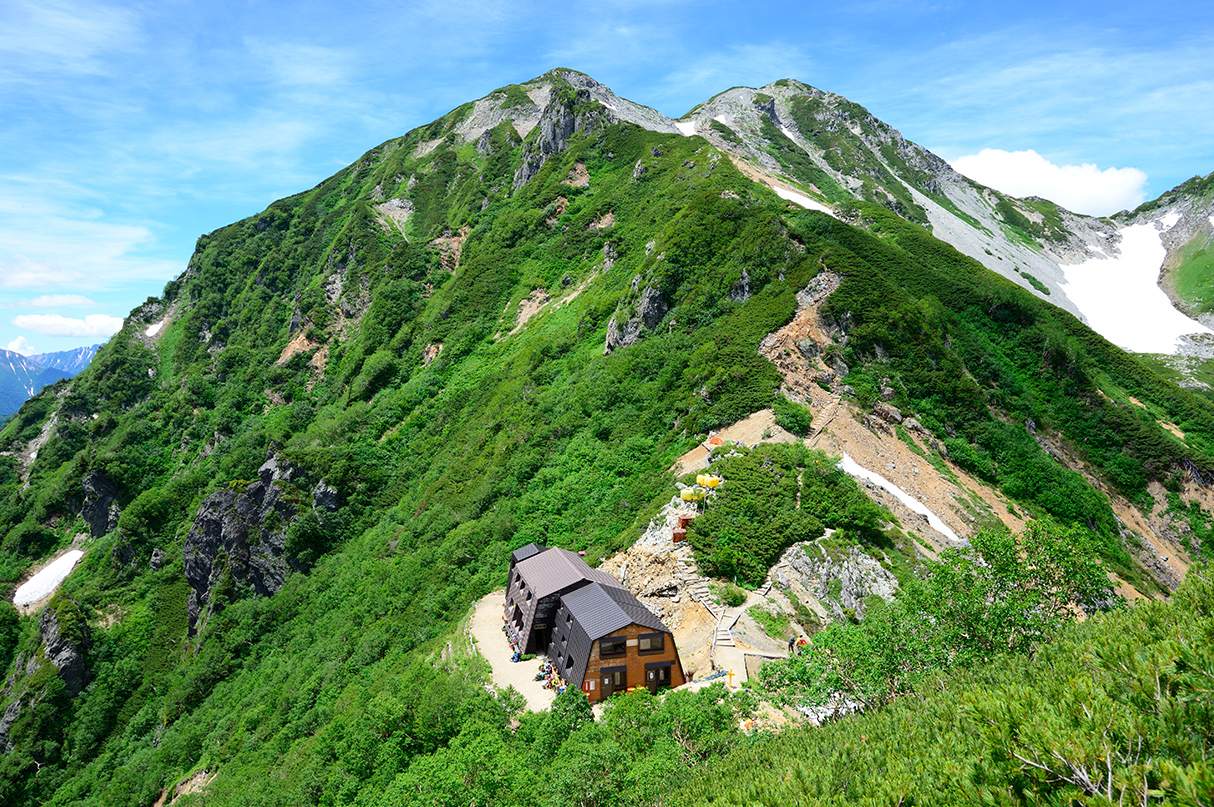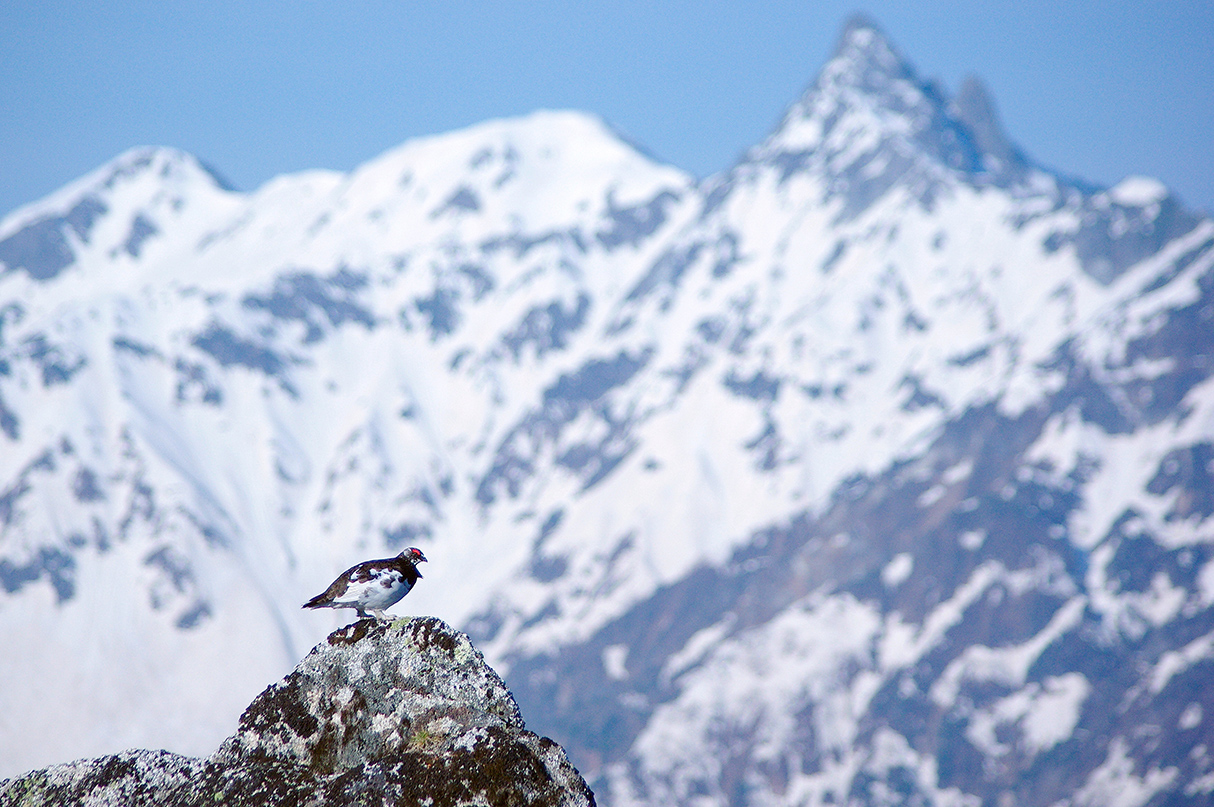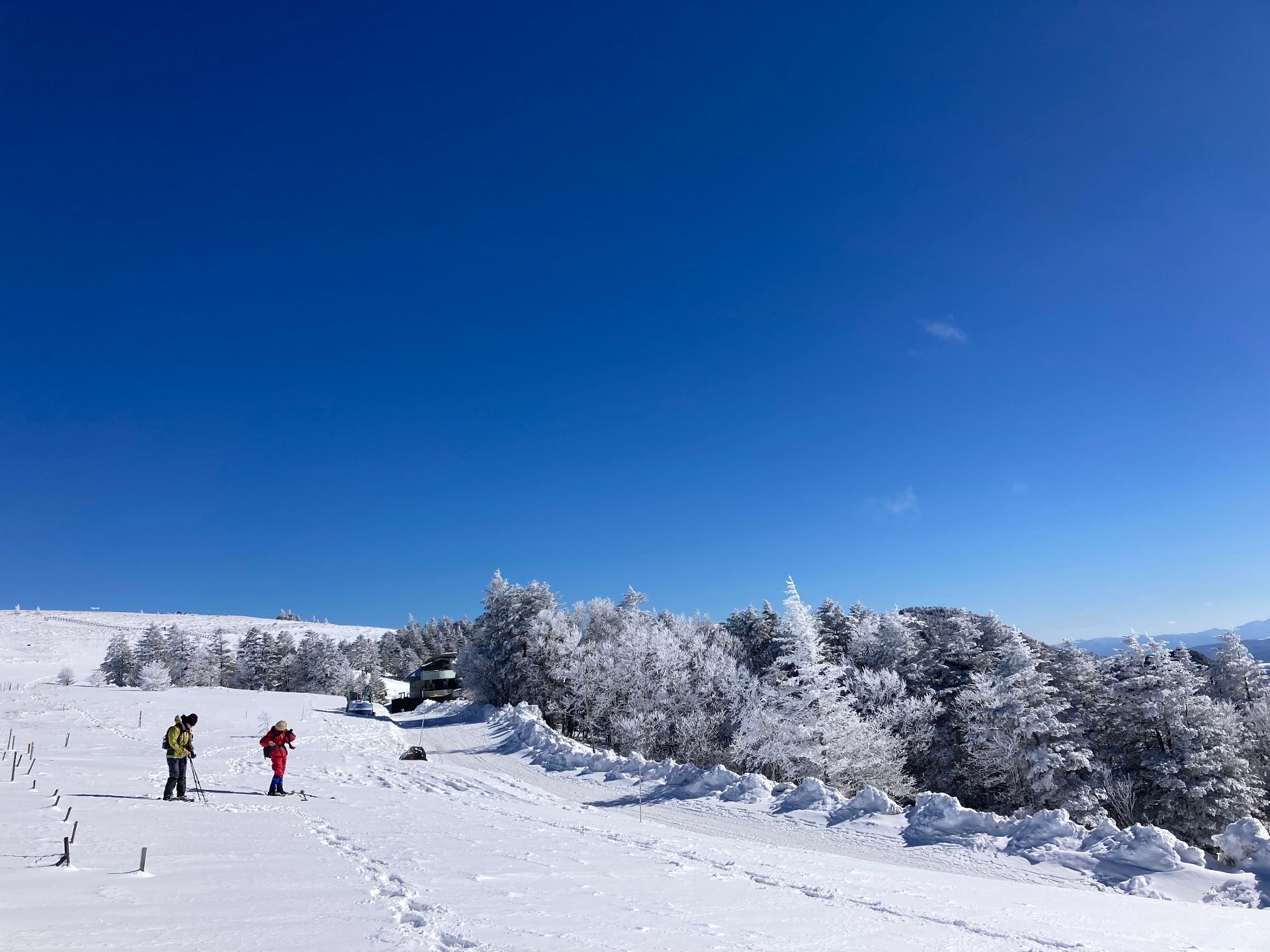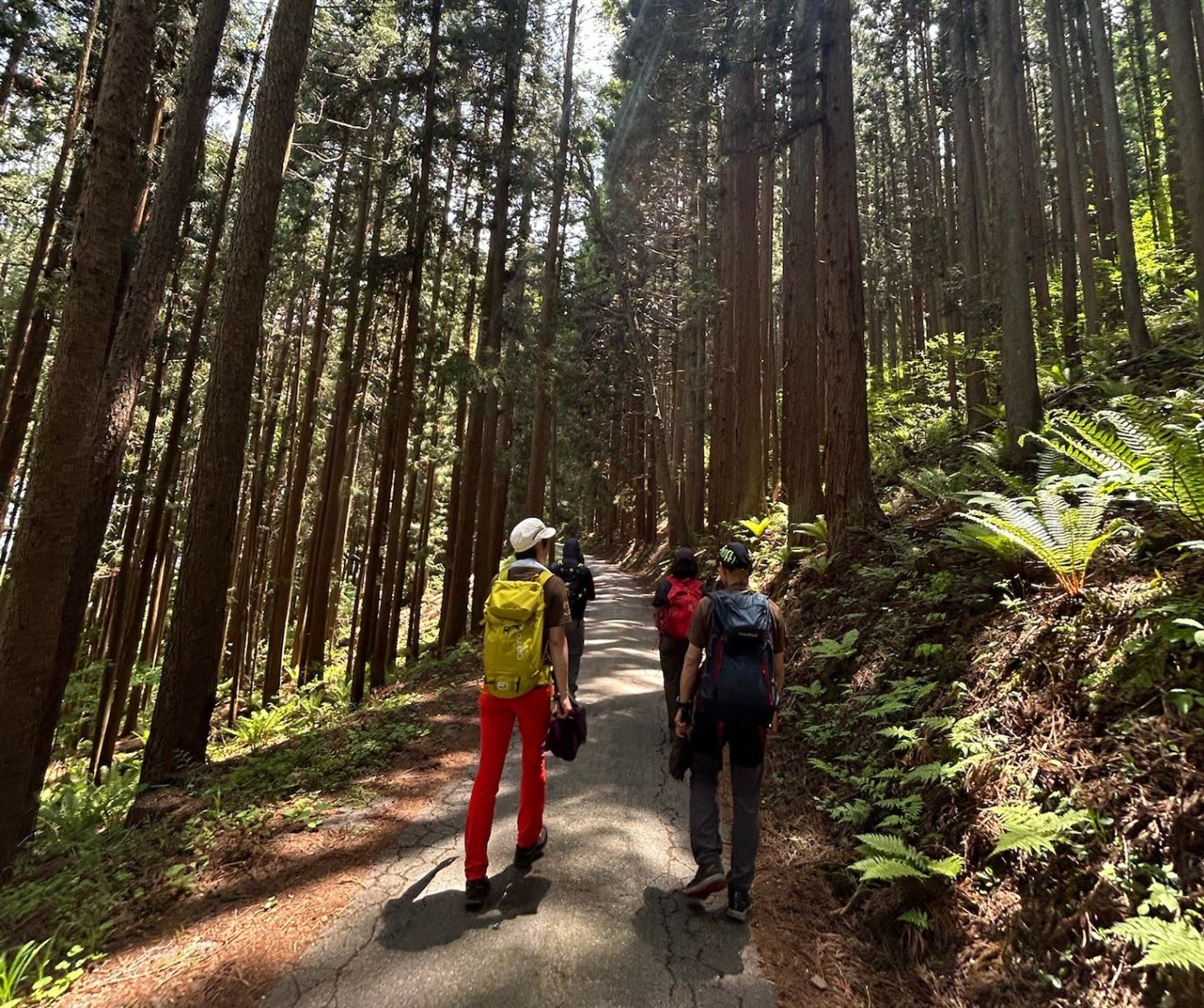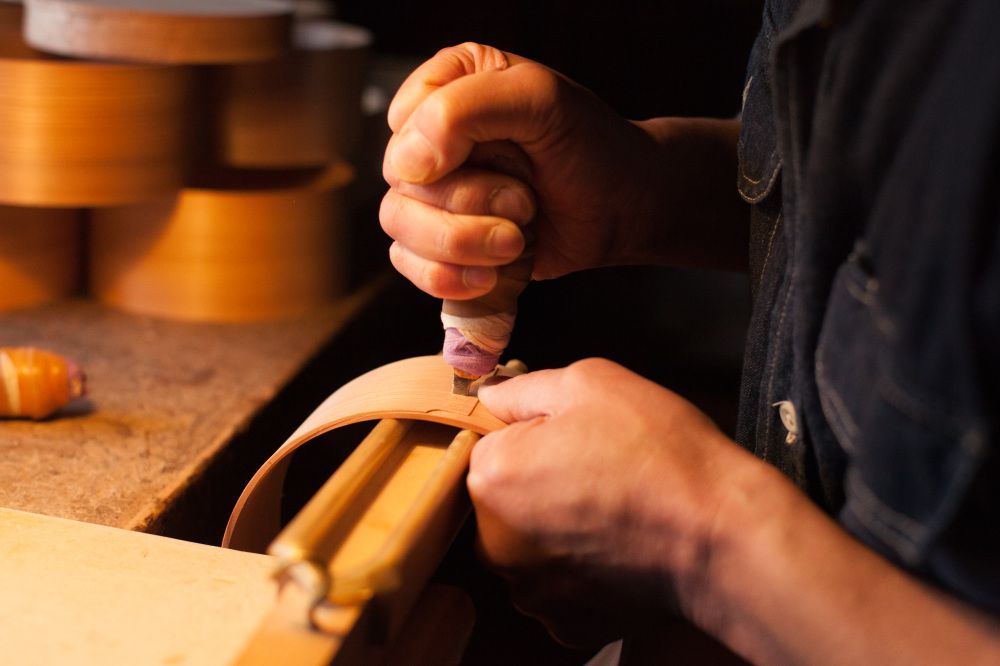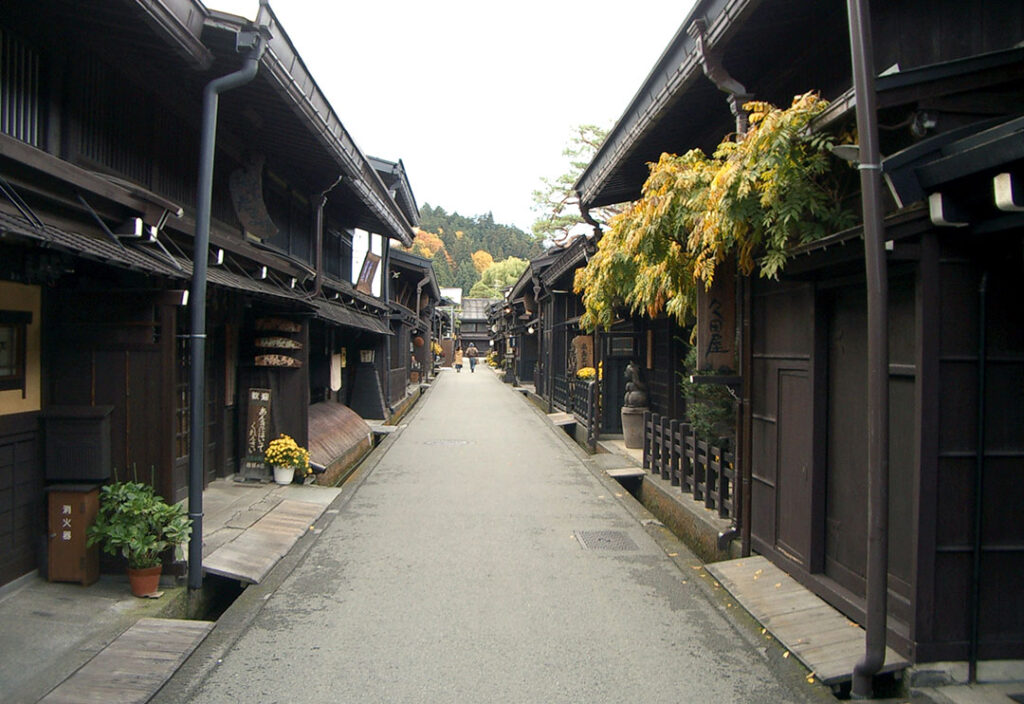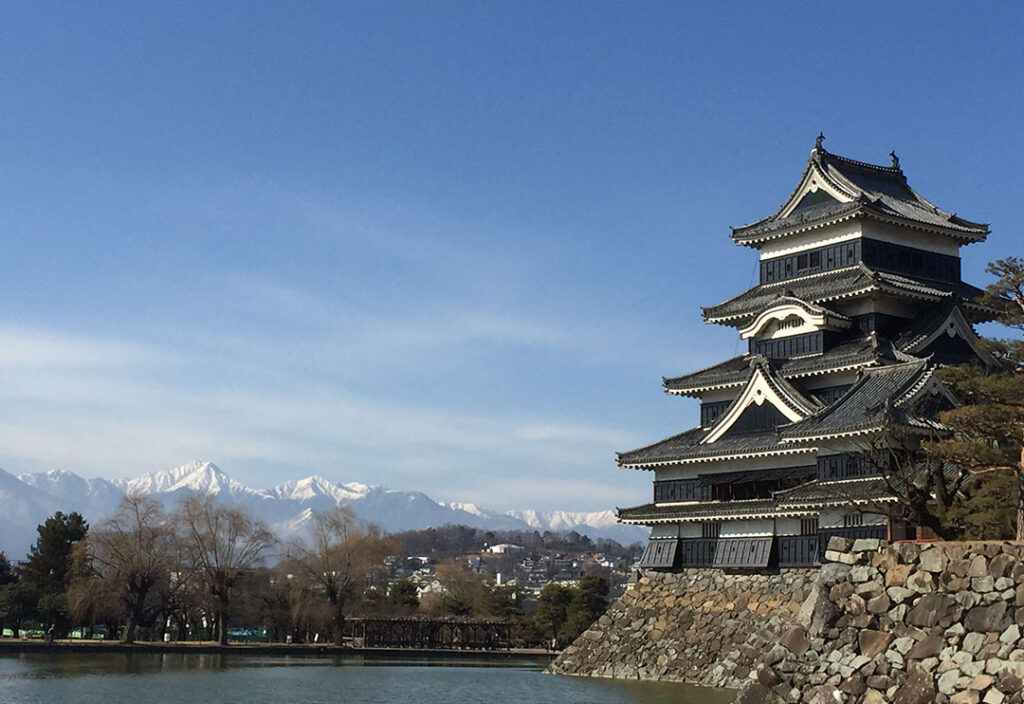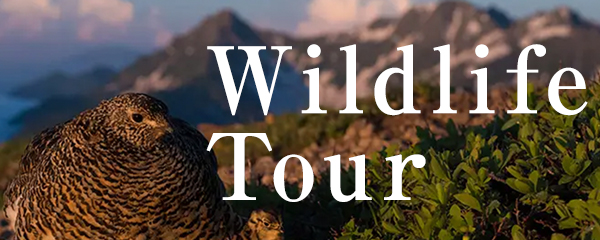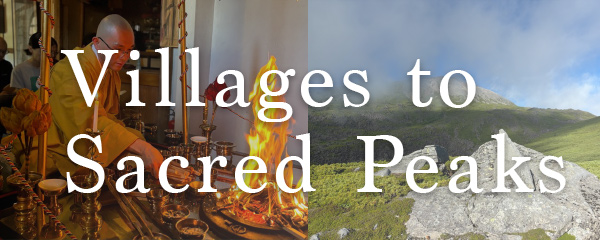
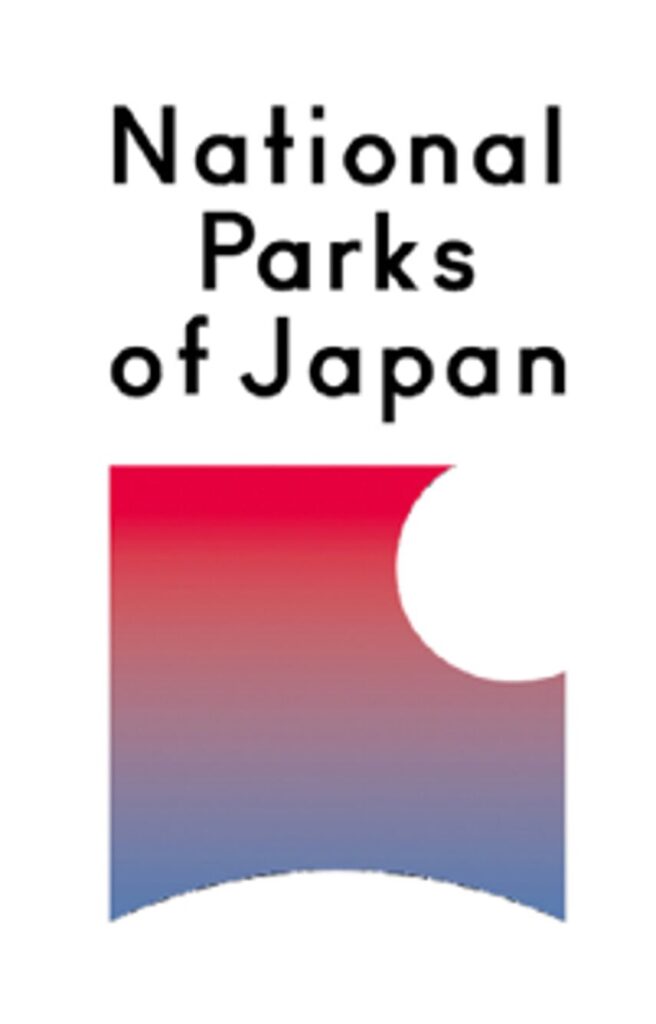
35 National Parks Rich in Character
Chubu-Sangaku National Park in the Northern Japan Alps
Chubu-Sangaku National Park
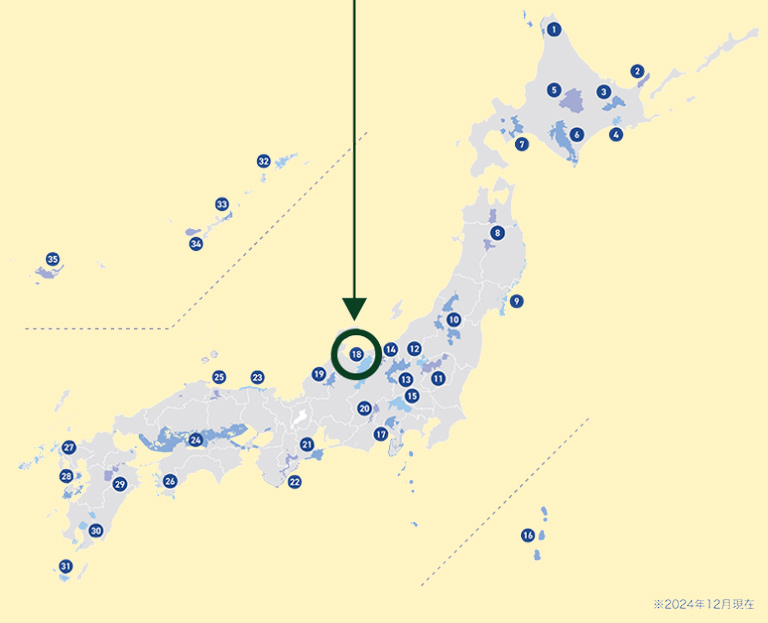
Stretching approximately 3,000 kilometers from north to south, the Japanese archipelago offers a wide variety of natural landscapes, from snow-capped mountains to colorful coral reefs.
Although not very large in area, it is home to about 7,000 species of plants, more than 1,000 species of animals, and 70,000 to 100,000 species of insects.
(From the Ministry of the Environment website)
Chubu-Sangaku National Park is located in the central part of Japan (Chubu region), and is one of the representative and mountainous national park areas in Japan, also known as the Northern Alps.
Chubu-Sangaku National Park
Designated in December 1934
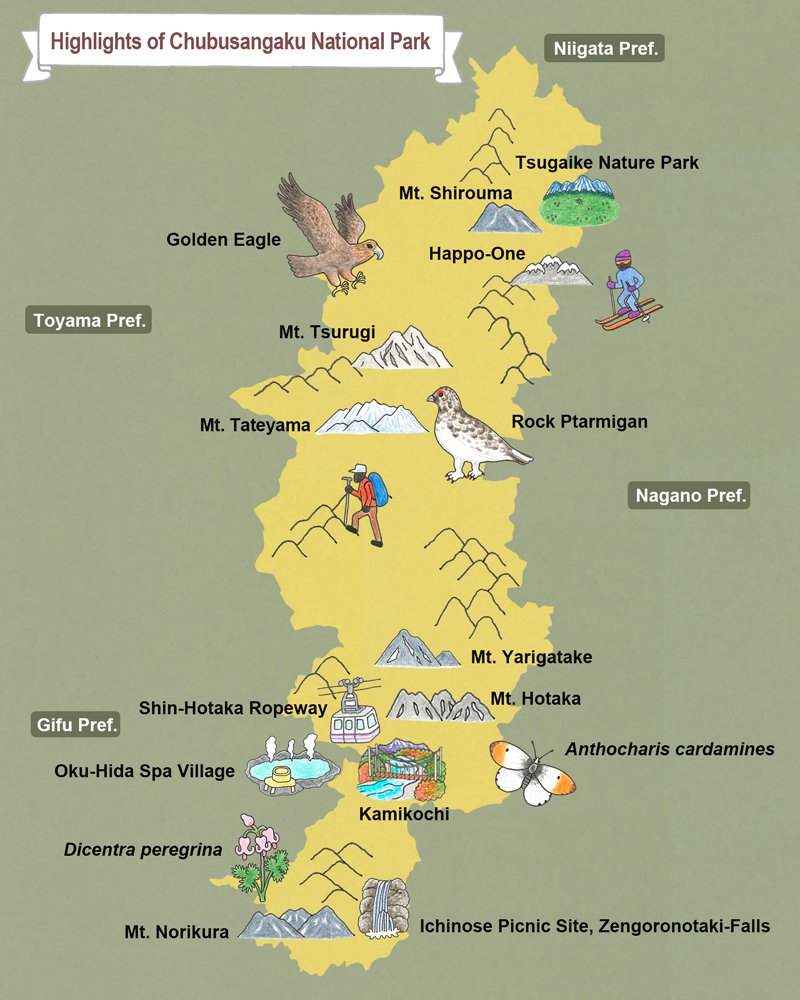
- ★Spans 4 prefectures (14 municipalities)
Nagano (Matsumoto, Azumino, Omachi, Hakuba, Otari) Gifu (Takayama, Hida), Toyama(Uozu, Toyama, Tateyama, Kamiichi, Kurobe, Asahi), Niigata (Itoigawa) - ★The entire Hida Mountains (Northern Alps) known as the roof of Japan are covered
- ★15 of the ‘100 most famous mountains’ in Japan (No.1 in Japan)
- ★Around 90 mountain huts (No.1 in Japan) work together to maintain and manage the mountain environment.
- ★Gradations of scenery and culture from the foothills to 3000m class mountains peaks
- ★The divide of nature, culture and living areas between the east and west
Officially known as the Hida Mountains, the Hida Mountain Range is a mountain range in Chubu-Sangaku National Park. It is commonly referred to as the Northern Alps, the northern part of the Japan Alps. The Hida Mountains are home to many famous peaks and hiking routes with spectacular views. It is now attracting the attention of adventure tourists from around the world.
Typical viewpoints of the Northern Alps
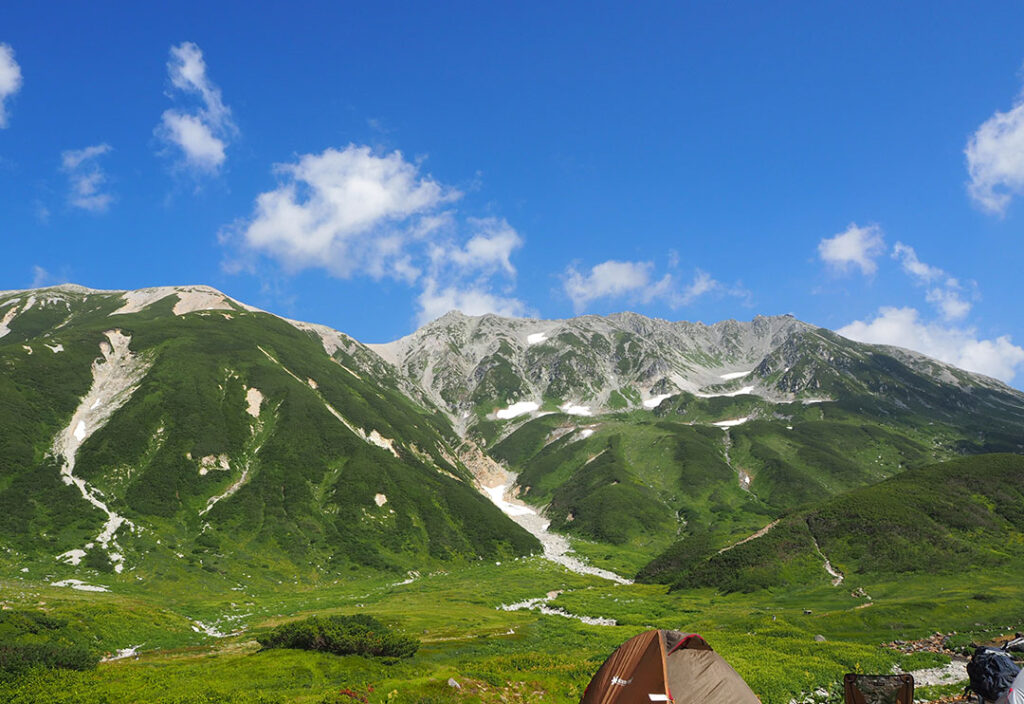
Tateyama Mountains
The highest peak, Mt. O-nanji-yama.The Tateyama Kurobe Alpine Route takes you to Murodo, which is 2,400 meters above sea level, by bus or ropeway.

Mt. Hakuba(Shirouma)-dake
Hakuba is world-renowned as a snow resort.
In summer, Mt. Hakuba is one of the most beloved mountains for Japanese hikers because of its attractive route up the snowy valley with lingering snow and a treasure trove of alpine flora.
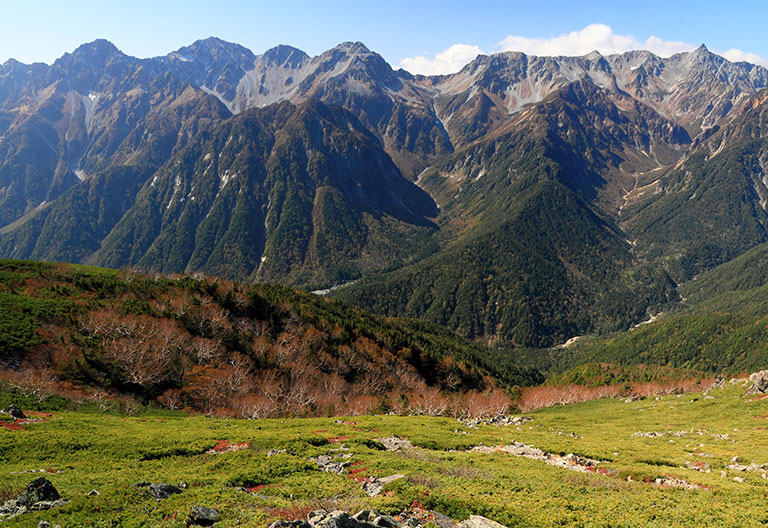
Mt. Yari-gatake and Hotaka mountain range
When one starts climbing mountains, everyone dreams of hiking Yari-gatake and the Hotaka mountain range someday. Yari-gatake and the Hodaka mountain range, one of Japan's representative mountain ranges, is now admired around the world.
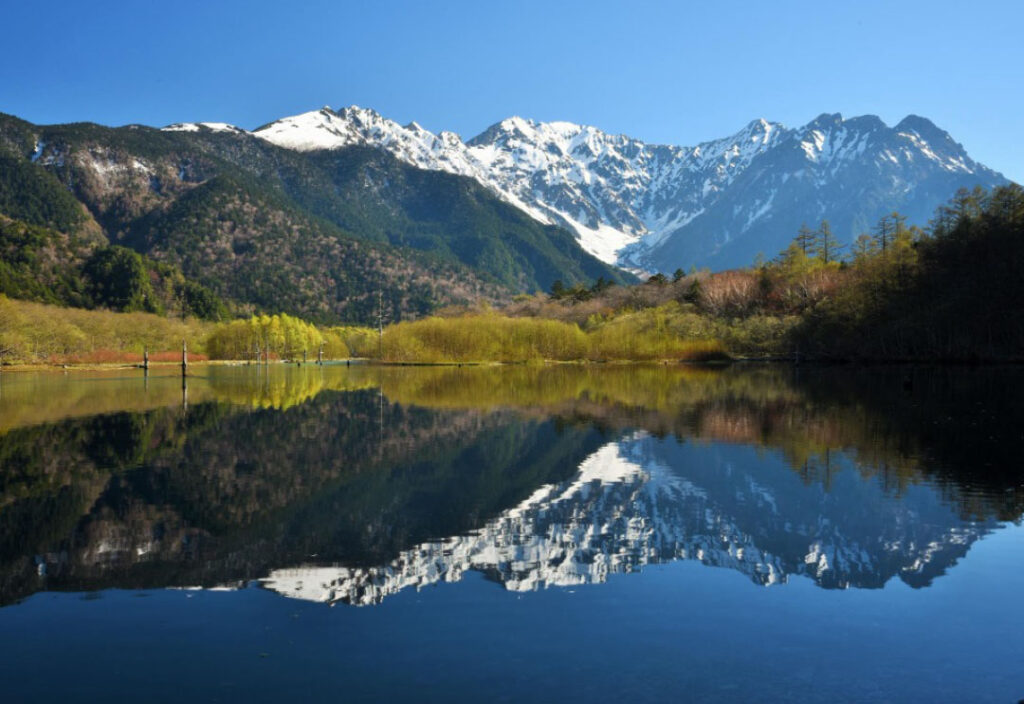
Kamikochi
It is the starting point for mountain climbing in many mountain ranges, including the Yari-Hotaka mountain range.
It is also accessible by public transportation and is a sacred mountain resort that attracts many tourists from all over the world.
Wild Creatures and Alpine plants
Japan is a biodiversity hotspot.
Surrounded by the sea on all sides, the Japanese archipelago is home to many creatures that can only be found here due to various conditions. The well-known Japanese macaque is one such species. Alpine plants, on the other hand, are said to have developed in their own communities due to the varied topography and geology of Japan's mountainous regions, brought about by volcanic activity, combined with the unique climatic conditions of the Japanese archipelago.
In the Japan Alps, not only mammals, but also a large number of plants and animals, many of which are feared to be extinct, live in harmony with humans in the midst of nature.
The charm of the Japan Alps goes beyond simply climbing the mountains and viewing the spectacular scenery.
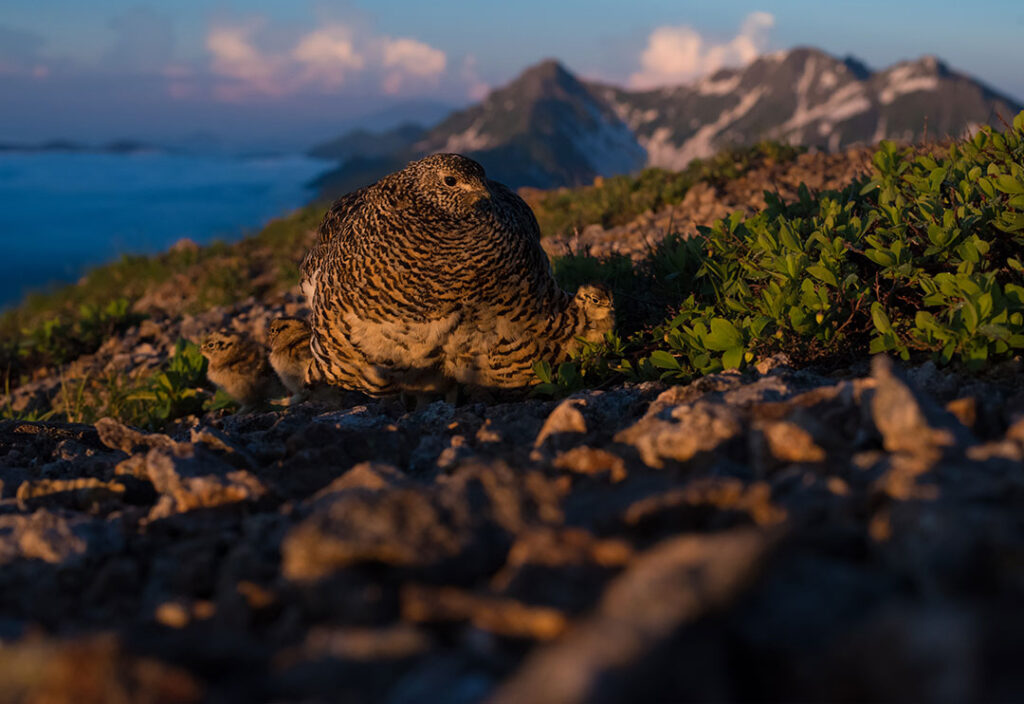
Rock Ptarmigan:Raicho
As an endangered species found only in high mountain areas such as the Japanese Alps, it is being protected by the Ministry of the Environment. Unlike grouse in Northern Europe and other regions, in Japan, it is revered as a bird of the gods and is said to bring good luck to those who see it.

Japanese macaque
It is said that there are about 2,000 Japanese macaques living in 40 groups in the foothills of the Northern Alps. They live in groups, with some groups climbing up to 3,000 meters in the summer. They are also called snow monkeys because they are the most northerly of all monkeys.
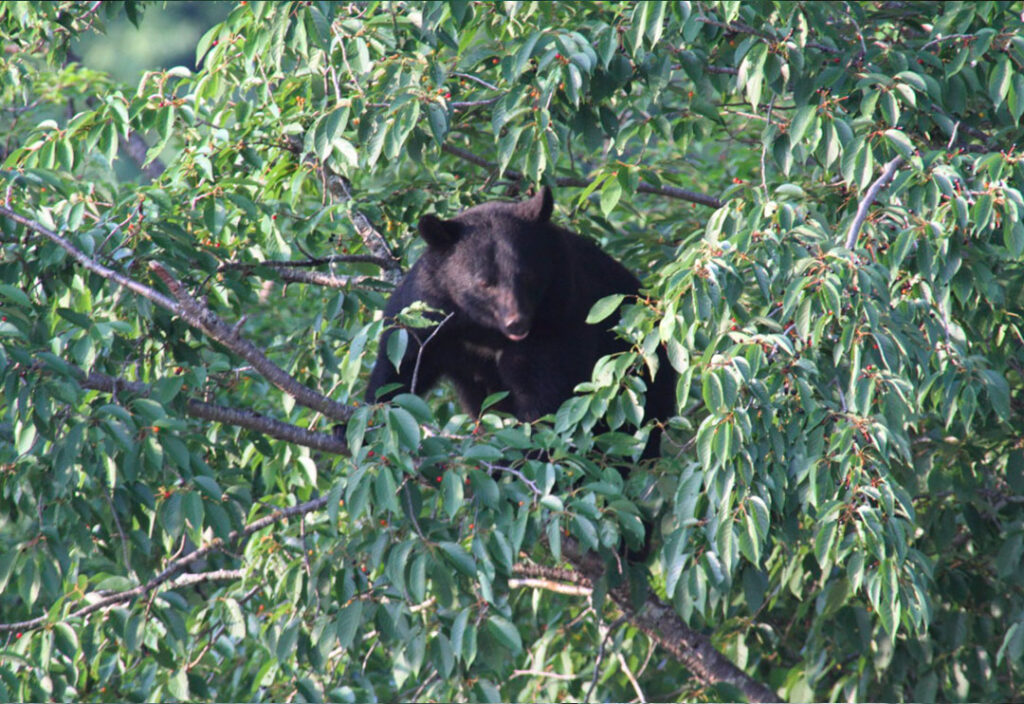
Asian black bear: moon bear
It is the largest animal in Honshu, and males can weigh up to 120 kg. They are basically afraid of humans, so even if you meet them while climbing a mountain, the bears will avoid you first.
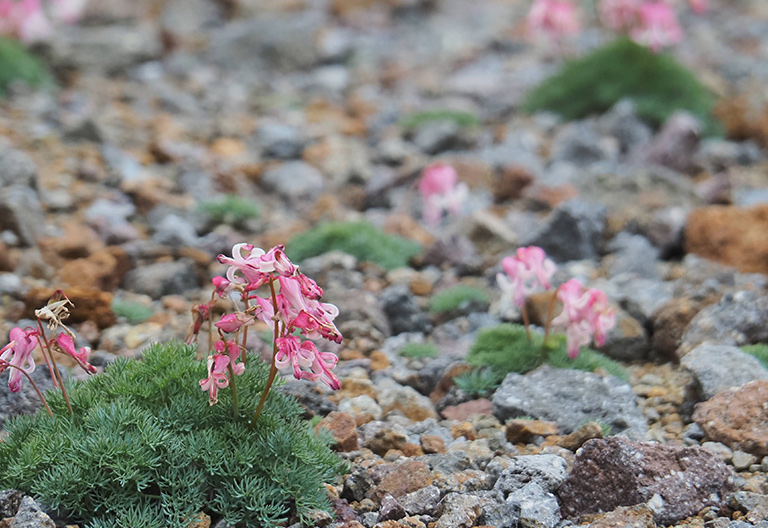
Dicentra : Komakusa
In Japan, it is known as the queen of alpine plants.
In July, clusters of these lovely flowers can be seen everywhere in the Japan Alps.
Base to the Northern Alps
Matsumoto and Takayama are the bases for visiting the southern part of the Northern Alps. These areas are only a few hours by train from both Tokyo and Nagoya, and are essential places to enjoy Japanese culture and nature in a way that cannot be experienced in large cities.
Takayama City
The central city of the Hida region of Gifu Prefecture. Parts of the town have historic old townscapes from the Edo period preserved and used as living spaces. It is also called “Little Kyoto” in Japan, and has long shaped a unique culture unique to the mountainous area.
During the Takayama Festival held in the fall and spring, gorgeously decorated floats called yatai (carts) are pulled through the town, and karakuri dolls dance on them, delighting not only the Japanese but also many foreign tourists.
As the western gateway to the Japan Alps, the town is also a convenient base for mountain tourism, including Norikura-dake (Mt. Norikura), Kamikochi (Kamikochi), and the Shin Hotaka ropeway.
Matsumoto City
The castle town of Matsumoto Castle, Matsumoto City in Nagano Prefecture has long been positioned as the central city of the Shinano region.
There are 12 castles in Japan that have retained their keep buildings since their construction, but only five of them are national treasures. Matsumoto Castle, the symbol of the town, is one of them.
Although the town is located in the same mountainous area, its culture and industries are rooted in a different way from those of Takayama, and it can be said to be a vibrant town with many immigrants.
It is also the home of Kamikochi, and the Japan Alps are truly its front door. As the area where the mountain climbing culture began in Japan, it is also called “Gakuto (Mountain capital)” .
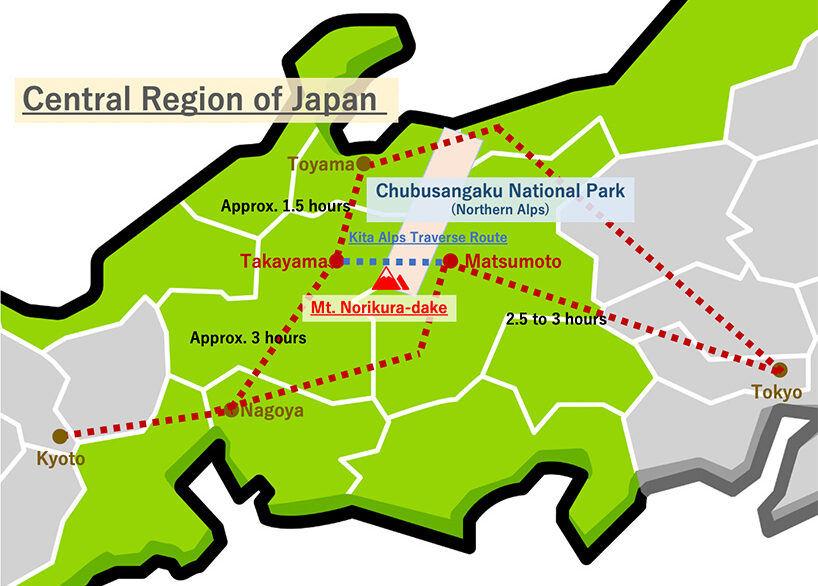
Connecting Tokyo and Kyoto/Hokuriku ‘Golden-Route’
A key component of a wide-area tourist route
